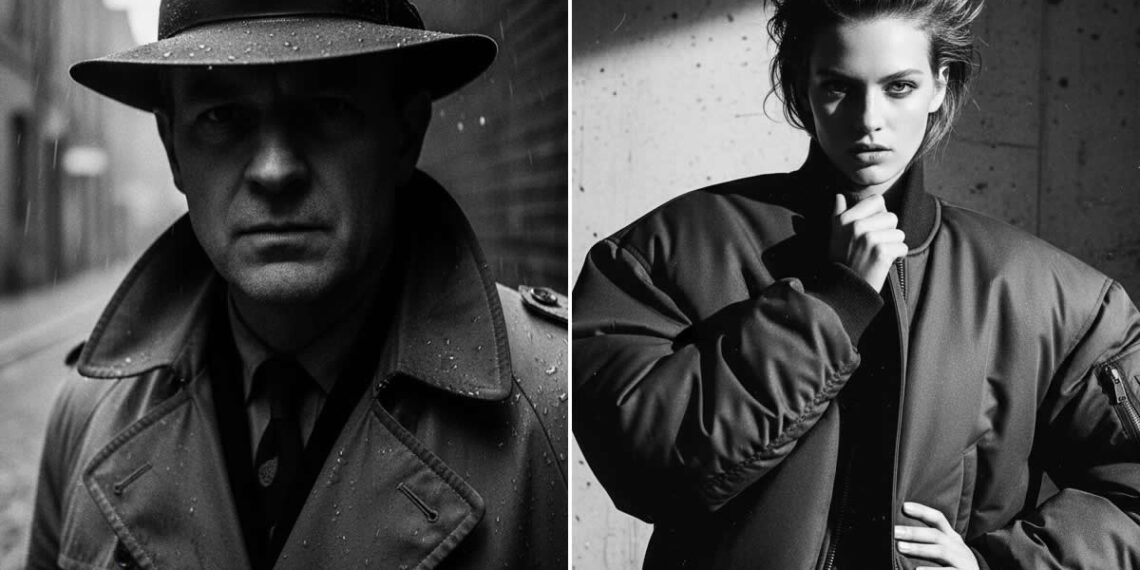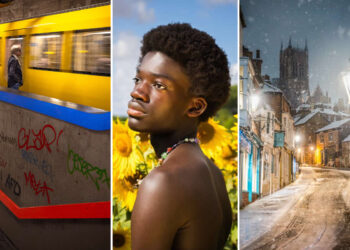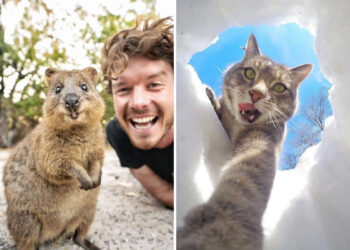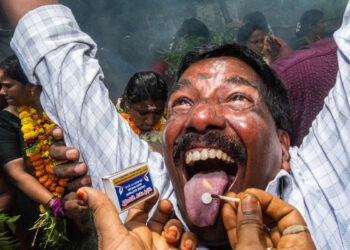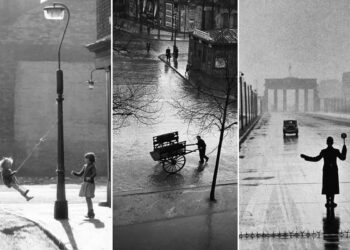Listen up, fam. We’ve all been there. You fire up your AI art generator—Gemini AI Prompts, Midjourney, whatever your flavor—and you try to crank out something iconic, something with real vibes. You type in "portrait of a woman, dramatic lighting," and what does the algorithm spit out? A perfectly fine, kinda-sorta-boring image drenched in generic color. It’s like, ugh. We’re not here for "fine." We’re here for next-level.
The truth? The magic of AI art isn’t in the platform; it’s in the prompt. And when you talk about black and white, you’re tapping into something primal. You’re leaving the distraction of color behind to focus on pure soul: the texture, the shadow, the emotion. Think classic Hollywood—the moody cinematography of a noir film, the timeless gaze of an Ansel Adams shot. That’s the energy we’re chasing.
But translating that vibe into a text prompt? That’s where most people hit a wall. They forget that AI doesn’t just see "black and white"—it needs to be told the story of the light, the composition, and the emotional payload. You need to be the director, the cinematographer, and the casting agent all at once. The difference between a bland grayscale image and a masterpiece is the vocabulary you use. You have to specify the type of monochrome: Is it high-contrast film noir? Is it soft, misty portraiture?
We’re about to hand you the keys to the kingdom. We’ve spent way too much time testing, tweaking, and refining the language to move from "decent" to absolutely stunning. These aren’t just 15 random phrases; this is your curated toolkit—the ultimate cheat sheet for transforming your Gemini AI output into museum-worthy, high-contrast, black and white masterpieces. Consider this your total game-changer. Let’s get generating.
The Prompts: Your Cinematic Toolkit
These prompts are designed to be copied, pasted, and customized. They instruct the AI to focus on lighting, texture, and emotional depth—the cornerstones of great monochrome work. Remember to replace the information in [Brackets] with your specific subject details.
Category 1: Defining the Light & Contrast (The Drama)
The difference between a snapshot and a masterpiece in B&W is always the light. These prompts direct the AI to specific, high-impact lighting conditions that play with shadow and contrast.
#1. The Cinematic Noir Look
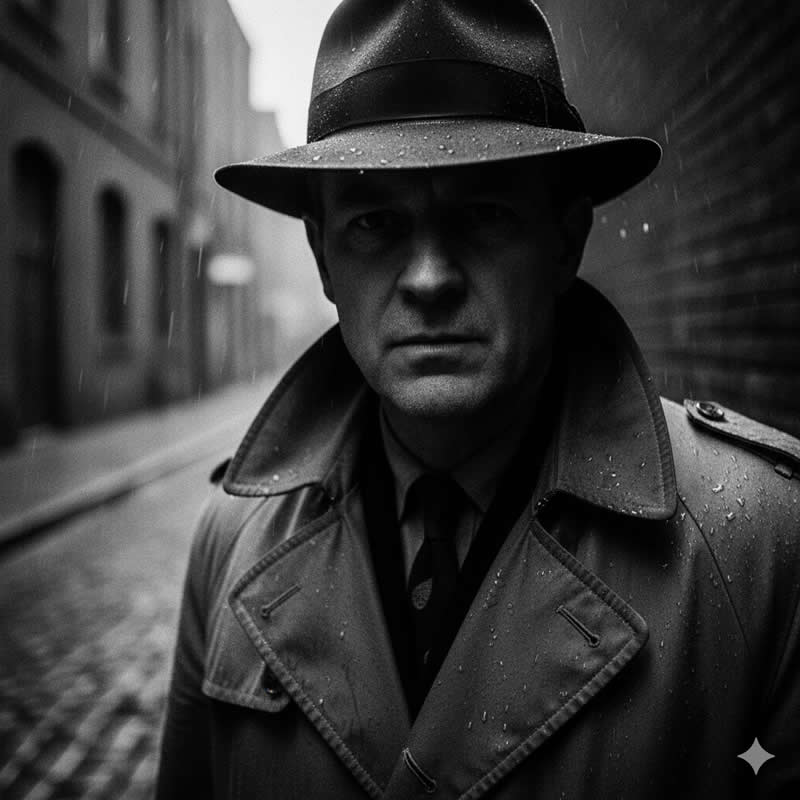
Prompt: High-contrast black and white portrait of [a detective in a trench coat], cinematic style, deeply shadowed eyes, chiaroscuro lighting, strong single light source from the left, heavy film grain texture, analog photo, moody and dramatic, 35mm lens, 8K, ultra-detailed.
#2. Soft & Ethereal Rembrandt
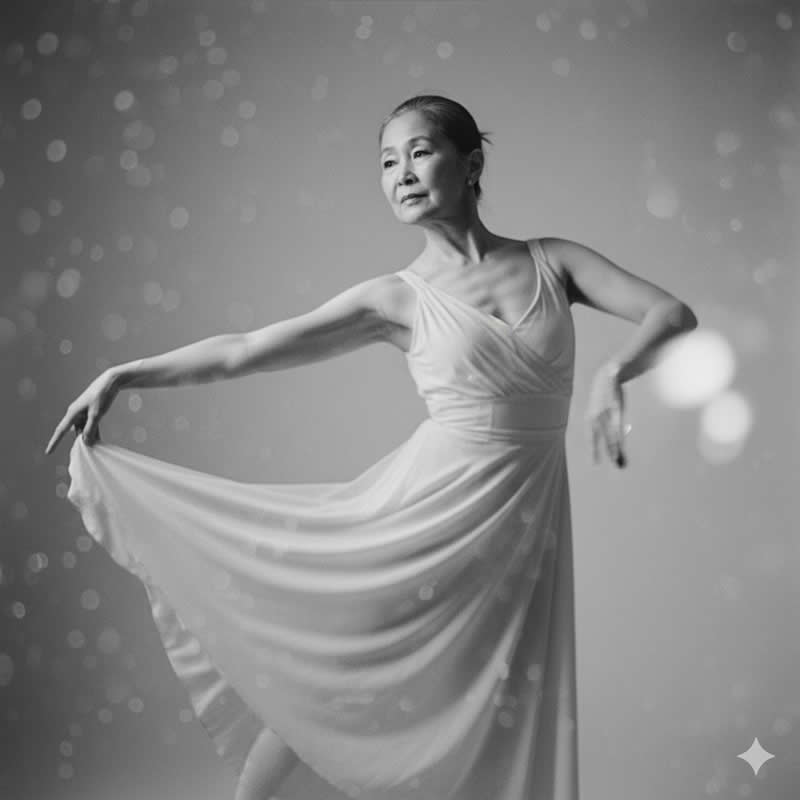
Prompt: Black and white portrait of [a dancer mid-pose], classic Rembrandt lighting (triangle of light on unlit cheek), soft shadows, shallow depth of field (bokeh), looking contemplative, high-key contrast, fine art photography, captured on medium format film.
#3. Striking Geometric Silhouette
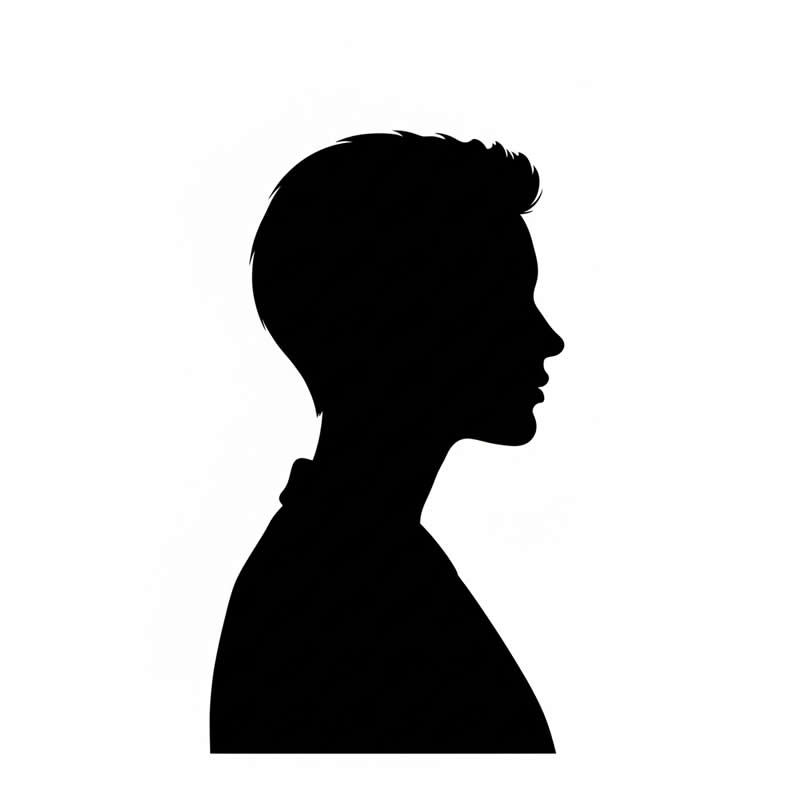
Prompt: Extreme black and white portrait, hard silhouette against a blinding white background, no mid-tones, subject’s [profile with a sharp jawline] captured from the waist up, focus purely on shape and form, graphic design element, clean lines.
#4. High-Key Studio Clean
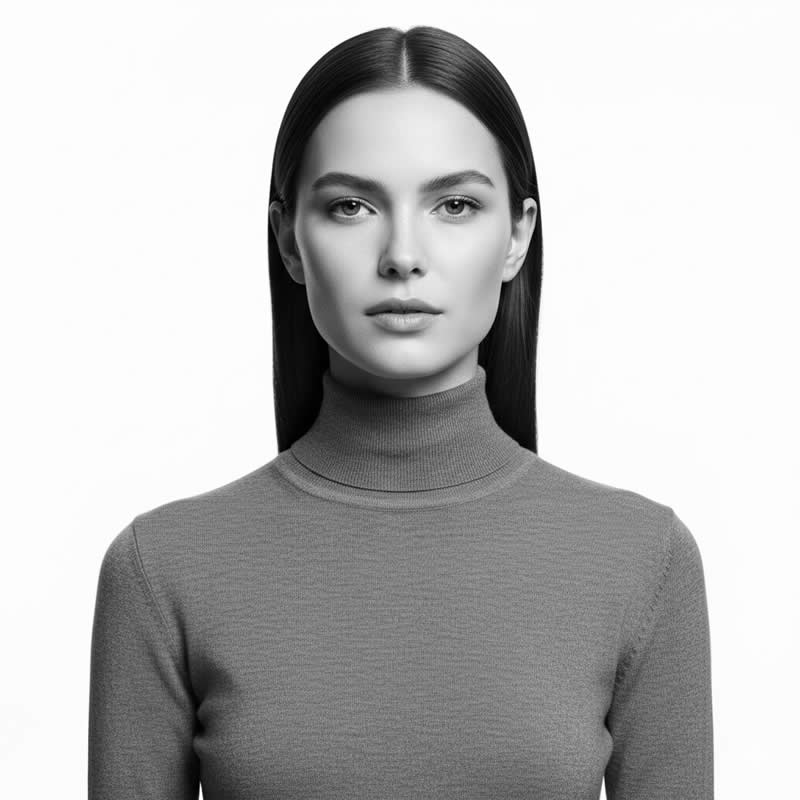
Prompt: Black and white high-key portrait of [a fashion model] against a pure white seamless backdrop, very soft, even, shadowless studio lighting, subtle contrast, smooth skin texture, crisp focus, minimalist aesthetic, editorial magazine cover style.
#5. Gritty Street Photo Texture
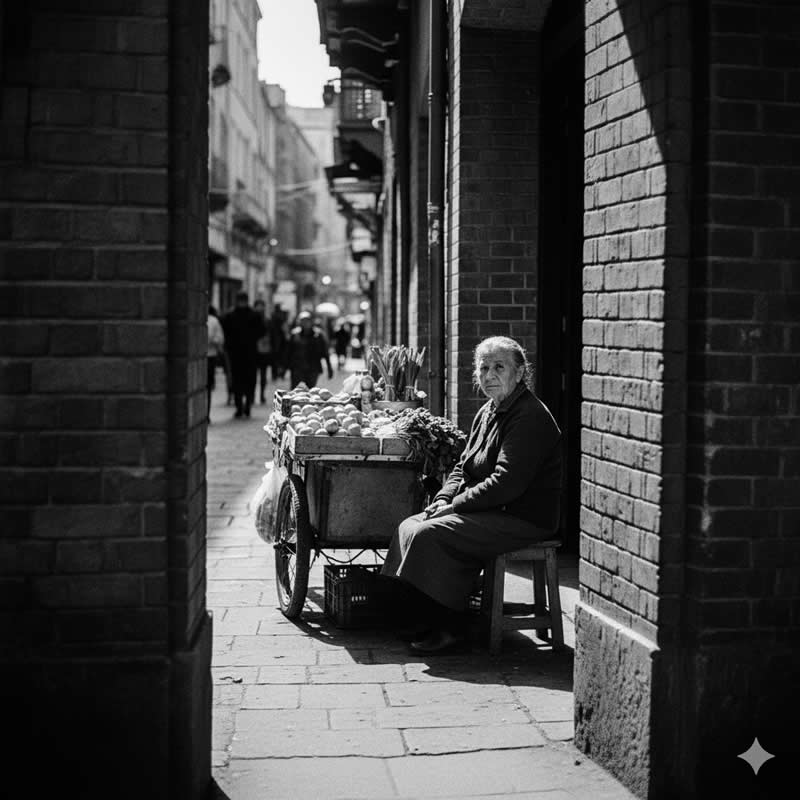
Prompt: Candid black and white street photography portrait of [an elderly street vendor] framed by a brick wall, harsh midday light, deep, dark shadows, intense gritty texture, shot on Ilford HP5 film, photojournalism style, 85mm lens.
Category 2: Emotion and Focus (The Soul)
Monochrome strips away color, forcing emotion to the forefront. These prompts guide the AI on what the subject is feeling or how the focus should be manipulated.
#6. The Intense Close-up

Prompt: Black and white extreme close-up portrait, focus solely on the subject’s [eyes and forehead], raw, powerful emotion, hyper-detailed texture of skin and hair, dramatic catchlight in the eyes, sharp focus, low-angle shot, film photography.
#7. Tension and Water

Prompt: Dynamic black and white portrait of [a subject emerging from water], motion blur emphasizing splash, water droplets visible on skin, intense, high-octane mood, dramatic side lighting highlighting wet surfaces, deep contrast, cinematic intensity.
#8. Vulnerable and Quiet
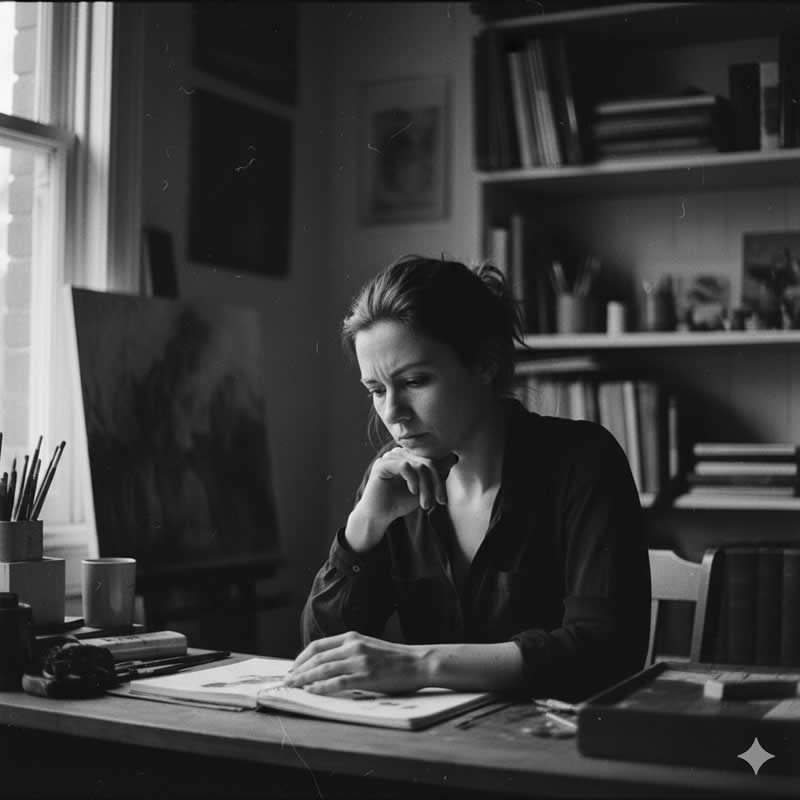
Prompt: Black and white portrait with low-key contrast and soft focus, subject [an artist deep in thought], sense of quiet intimacy and vulnerability, natural window light creating subtle soft shadows, vintage chemical process look, captured on expired film stock.
#9. The Hand-Held Prop
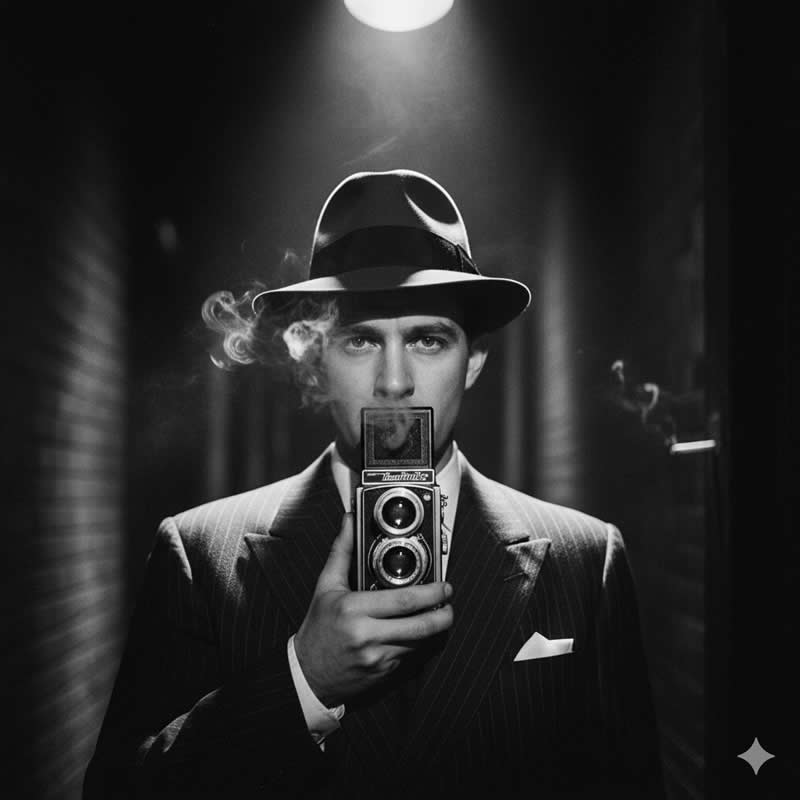
Prompt: Black and white portrait of [a man in a suit] holding a [single cigarette/vintage camera] near his mouth, dramatic smoke swirling, spotlight from above, emphasizing the prop and the intensity of the gaze, 1950s detective aesthetic.
#10. Abstract Face-in-Shadow
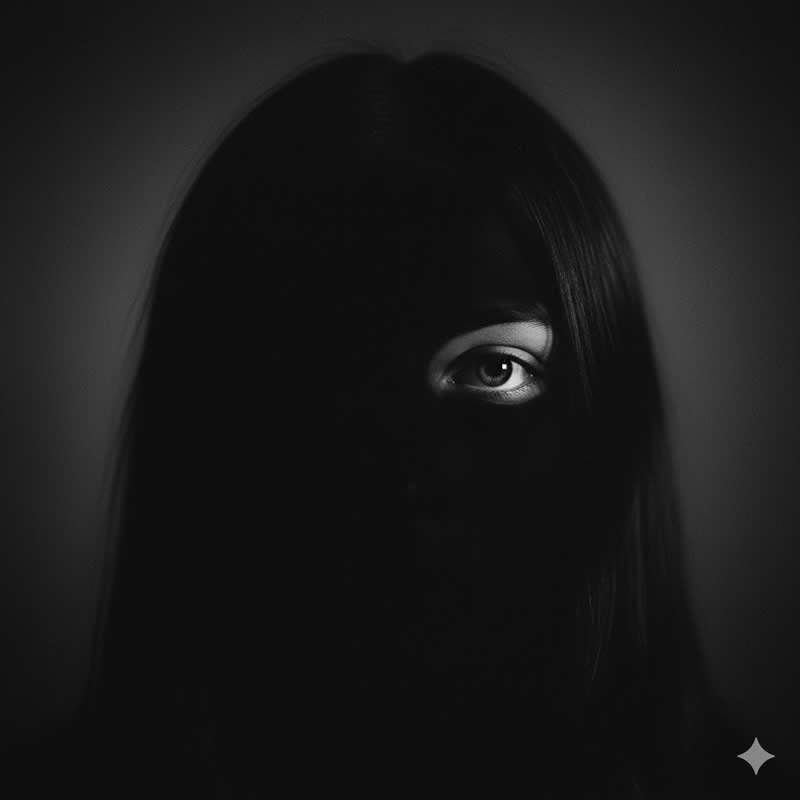
Prompt: Black and white portrait, subject’s face almost entirely obscured by shadow, only [a single eye/the mouth] visible, high abstraction, focus on negative space and form, minimalist composition, graphic and unsettling mood, 70mm shot.
Category 3: Specific Artistic Techniques (The Vibe)
These final prompts use specific, technical terms to direct the AI toward a particular analog film, lens, or processing aesthetic, ensuring a unique, professional look.
#11. The Ansel Adams Landscape
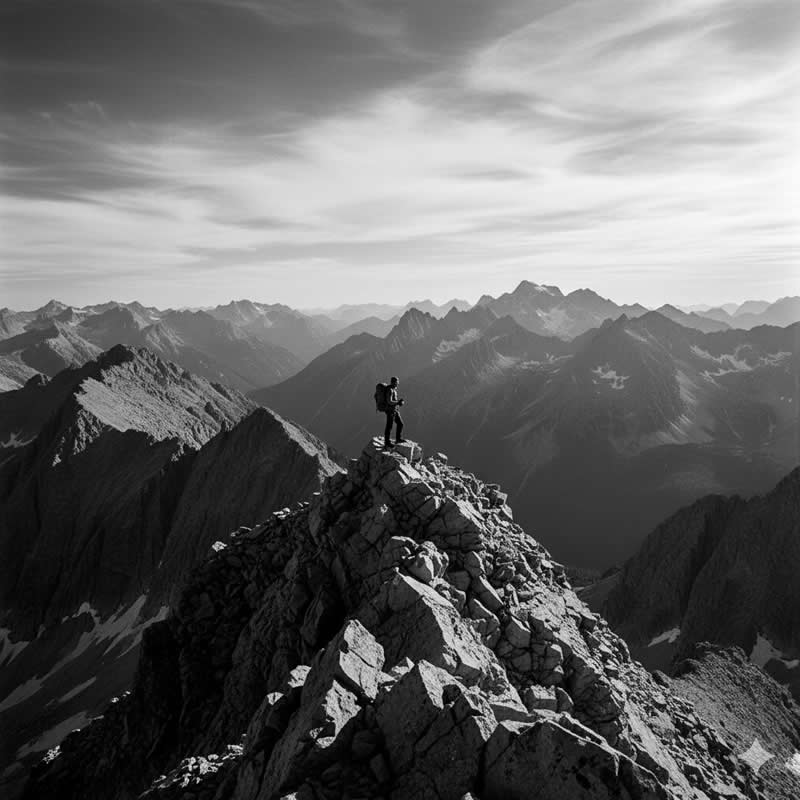
Prompt: Black and white environmental portrait of [a hiker standing on a mountain peak], deep blacks and pure whites (Zone System aesthetic), crisp, hyper-sharp details from foreground to background, wide-angle lens, epic scale, sublime natural light.
#12. Vintage Wet Plate Look
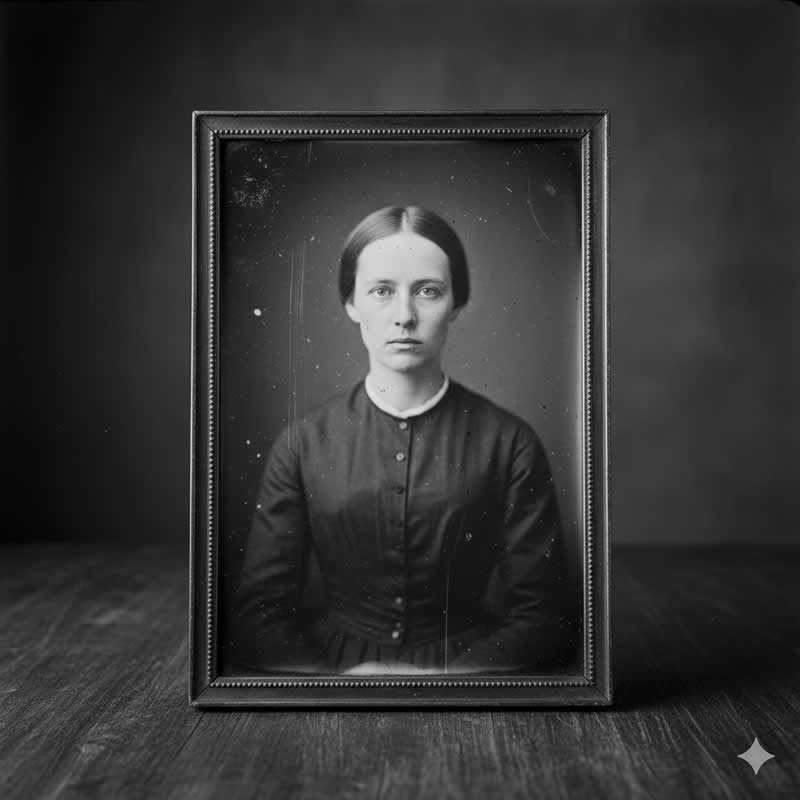
Prompt: Black and white portrait, Daguerreotype / Wet Plate Collodion process, long exposure, slight motion blur and subtle smudging, subject [staring solemnly] with a fixed gaze, streaks and chemical imperfections visible, historical photography aesthetic.
#13. Portrait Lens Depth
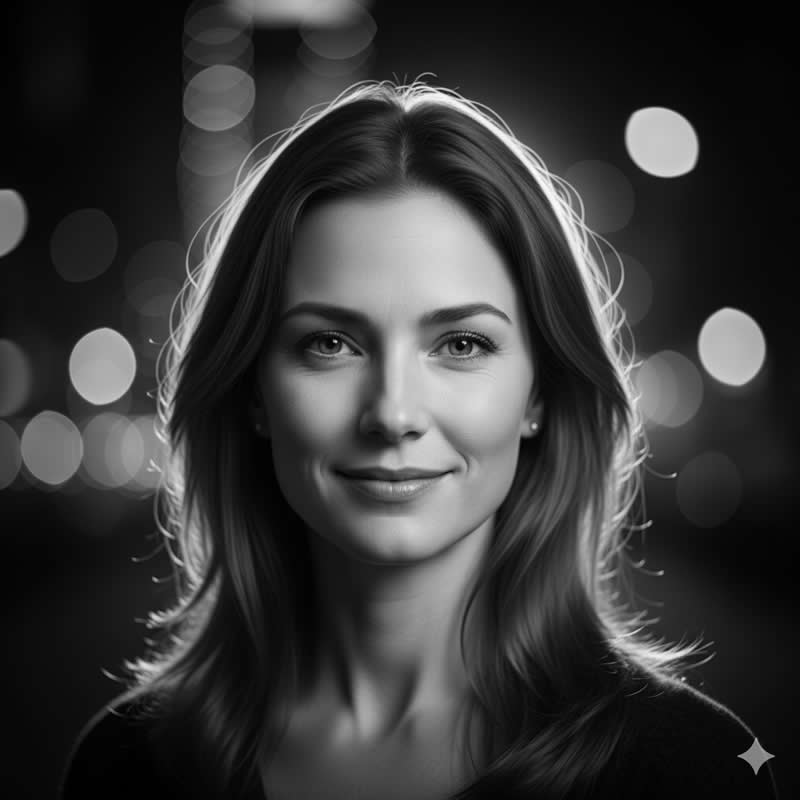
Prompt: Black and white portrait, shot with an 85mm f/1.4 lens, extreme shallow depth of field, beautiful, creamy bokeh in the background (blurred city lights/trees), subject [a woman smiling softly], soft backlighting, ultra-realistic detail.
#14. Fashion Editorial Grain
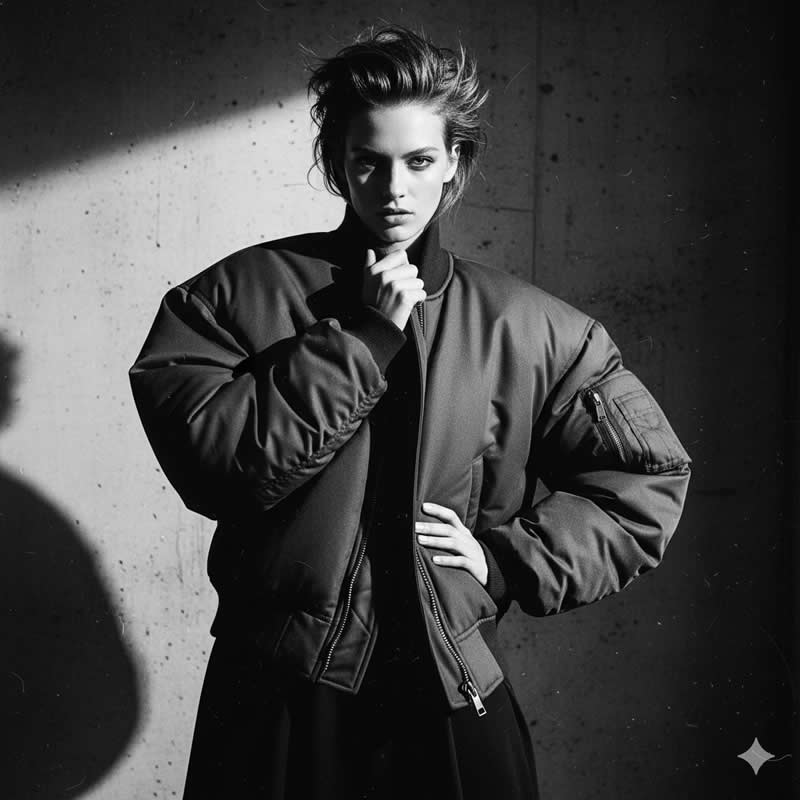
Prompt: Black and white fashion editorial portrait, heavy 35mm film grain, subtle dust and scratches, subject [wearing an oversized jacket] in a dynamic pose, strong side lighting, pushed film development look, high contrast, Vogue aesthetic.
#15. The High-End Studio

Prompt: Black and white professional studio portrait of [a business executive], butterfly lighting (small shadow under the nose), subject in a perfectly tailored suit, smooth, luxurious fabric texture, seamless dark gray background, powerful and confident mood, ultra-high resolution.
Conclusion: Stop Shooting, Start Directing
There you have it—your ultimate arsenal of 15 Gemini AI prompts to take your portrait game from zero to hero. Stop relying on the platform to guess what you want. Start directing your art with precision.
The key takeaway is this: Monochrome is not a filter; it’s a genre. By incorporating terms related to lighting (chiaroscuro, Rembrandt), technique (shallow depth of field, film grain), and style (cinematic noir, high-key), you are speaking the AI’s language fluently.
Go ahead, try these out. Plug them in, swap the subject, and watch how your Gemini portraits transform from mere images into powerful, timeless statements.

